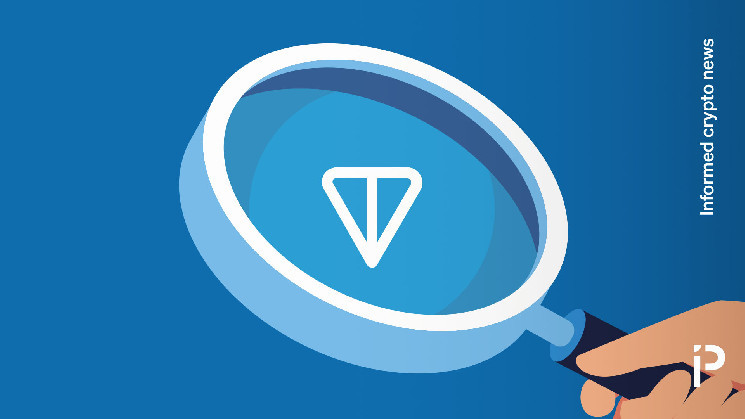After forcing advertisers to pay for Telegram broadcast channel advertisements in TON token, Telegram admitted the obvious: Ad payments would quickly account for far more than 10% of the TON supply at Telegram itself.
To avoid appearing too centralized, CEO Pavel Durov announced plans to sell Telegram’s TON holdings at below-market prices. He is soliciting investors interested in bidding over $1 million for off-market transactions.
Naturally, Durov restated Telegram’s intent to sell TON below current prices as a positive development, emphasizing the supposedly decentralizing effect these sales would have on the TON blockchain network.
“Thanks to the participation of more long-term holders, TON will remain stable and decentralized,” he posted optimistically to his followers.
Telegram’s TON network suffers from its ‘success,’ scales down to 1TPS
Sharing ad revenue with creators
Moreover, Telegram offset the otherwise bearish news of these token sales with an ad revenue-sharing announcement. Sharing revenue with creators immediately boosted investor optimism — and the price of TON. Within 30 minutes, TON rallied from $2.15 to $2.95. The token is still trading around $2.68 as of publication time — about 25% higher than before both news announcements.
Even amid treasury liquidations and soliciting private placements to sell its TON supply, investors’ perception of ad revenue-sharing has been consistently positive ever since Elon Musk successfully launched revenue-sharing with X (formerly Twitter) users.
Plans for the Telegram private sales include locking buyers’ TON for up to four years with a linear unlocking schedule. Telegram asked investors willing to agree to lock-up provisions to email their request to bid for at least $1 million via email.
Telegram, which recently bragged about having 800 million monthly active users (MAUs) and one trillion monthly impressions, will distribute ad rev share payments via its new program, aptly named ‘RevShare.’ Participants in up to 100 countries can share up to 50% of advertising revenue from their Telegram app broadcast channels and payments denominated in TON will go to channel holders who opt-in.
3/ This initiative is more than just a substantial revenue stream for Telegram and Telegram creators. It introduces an entirely new utility for cryptocurrency and Toncoin, facilitating Web3 adoption across Telegram’s 800M monthly active users.
— TON 💎 (@ton_blockchain) February 29, 2024
Read more: Telegram chats by Jane Street and Jump Crypto staff probed in Terra case
Telegram gets fiat for TON supply
Community members had expressed concern about TON’s concentration in the hands of centralized holders, most notably Telegram. However, Durov said the sales would help stabilize the ecosystem and increase decentralization. Conveniently, it will also help Telegram liquidate its TON crypto holdings into real fiat.
TON, which stands for ‘The Open Network,’ had previously faced an uncertain future when Durov announced that Telegram ended support. The Open Network had run afoul of the US Securities and Exchange Commission (SEC), which accused it of conducting a $1.2 billion unregistered securities sale. Telegram wound up reimbursing investors who bought tokens in that coin offering. TON’s predecessor token, GRAM, is still dead as a result.
Telegram blamed the SEC for killing the initial version of the project, having apparently attempted to clarify that Telegram wasn’t promising profits to anyone who bought GRAMs (an important prong of the Howey Test). After it ended support, it made The Open Network’s code open-source, a move that naturally led to a couple of forks.
Today, TON is back as a token that will be sold from Telegram to investors at a discount compared to its market value and used for payments in Telegram’s new RevShare program.

